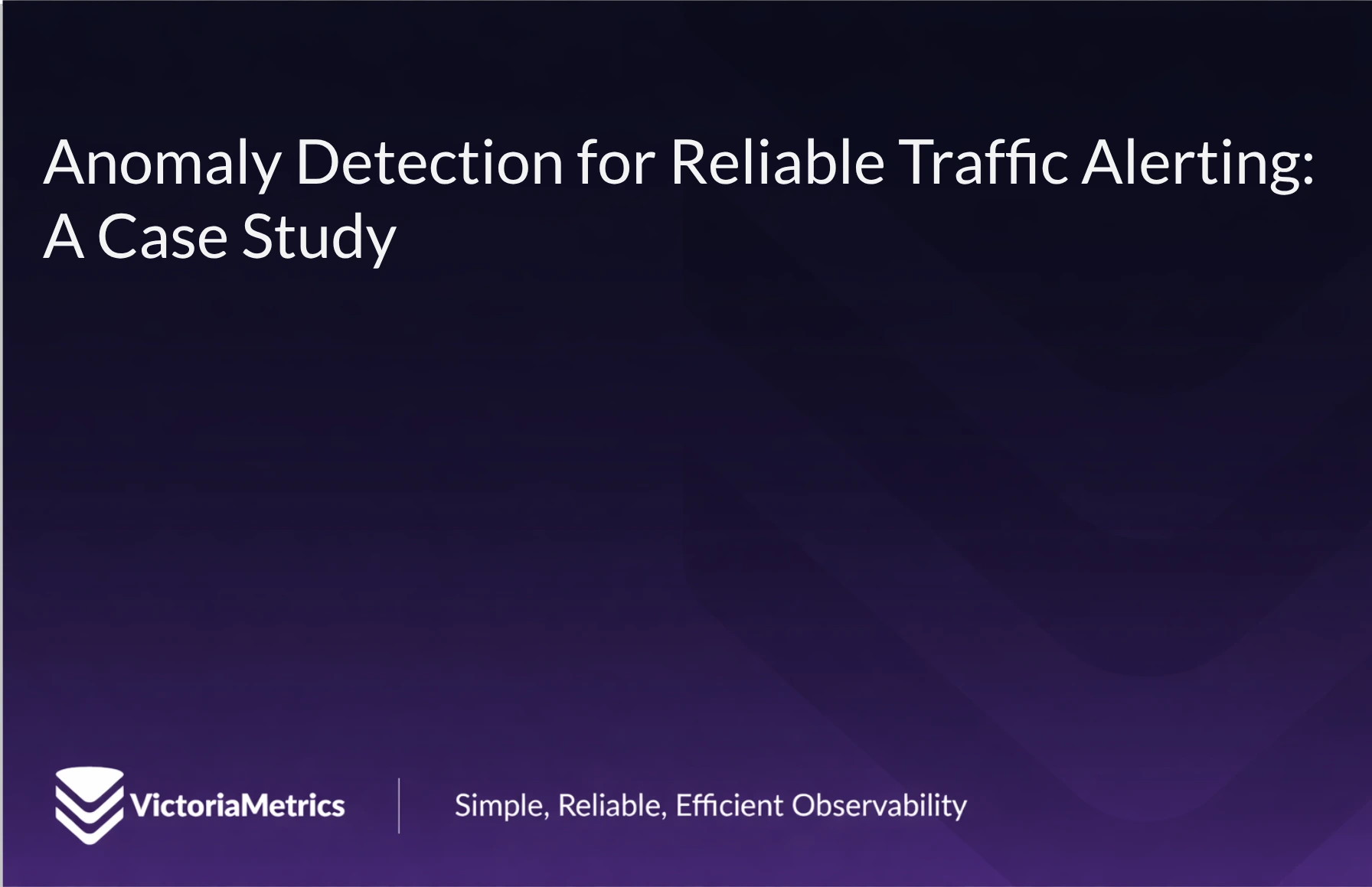
Featured Post
How a US Software Provider Improved Traffic Alerting with VictoriaMetrics Anomaly Detection
VictoriaMetrics Anomaly Detection enables reliable alerting for highly variable, multi-domain traffic without relying on static thresholds. In this case study, fine-tuned models, backtesting, and clear visualization helped reduce alert noise, improve confidence in anomaly detection, and lower operational overhead.